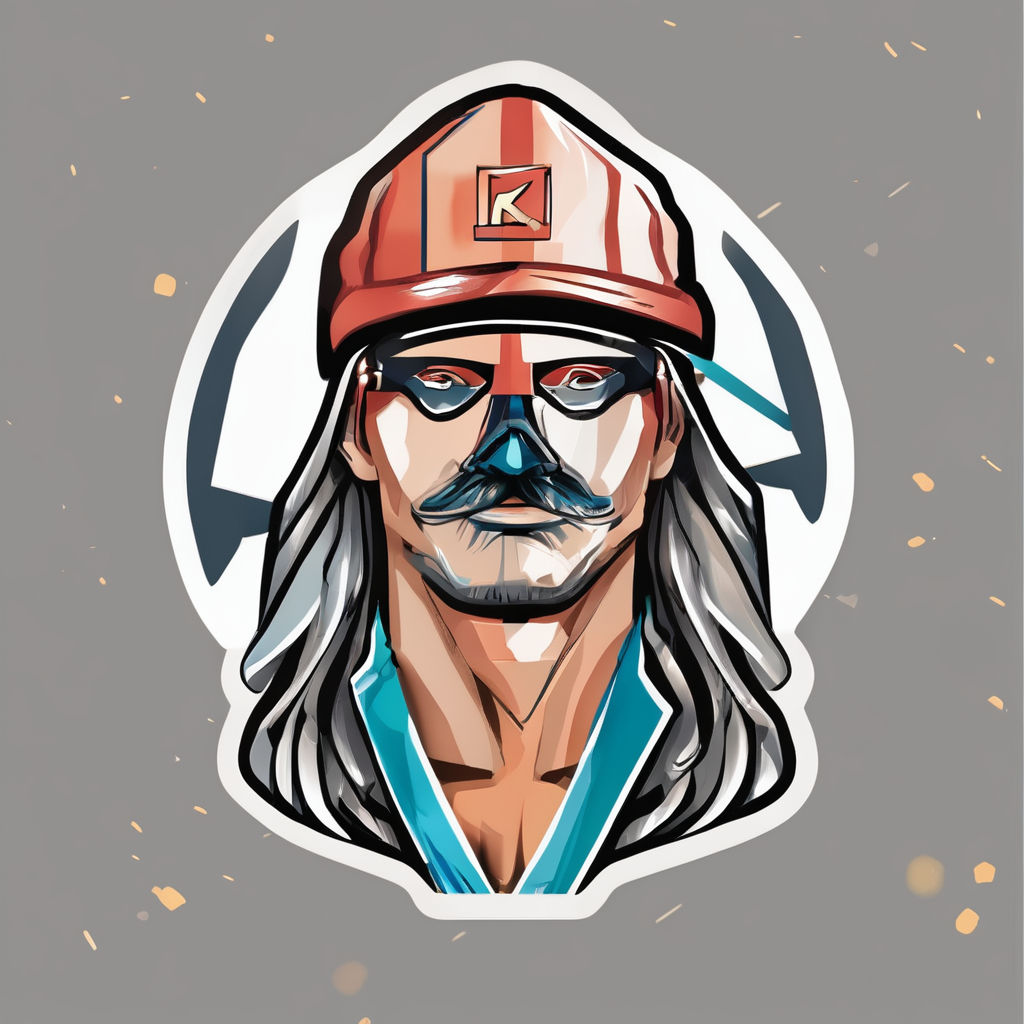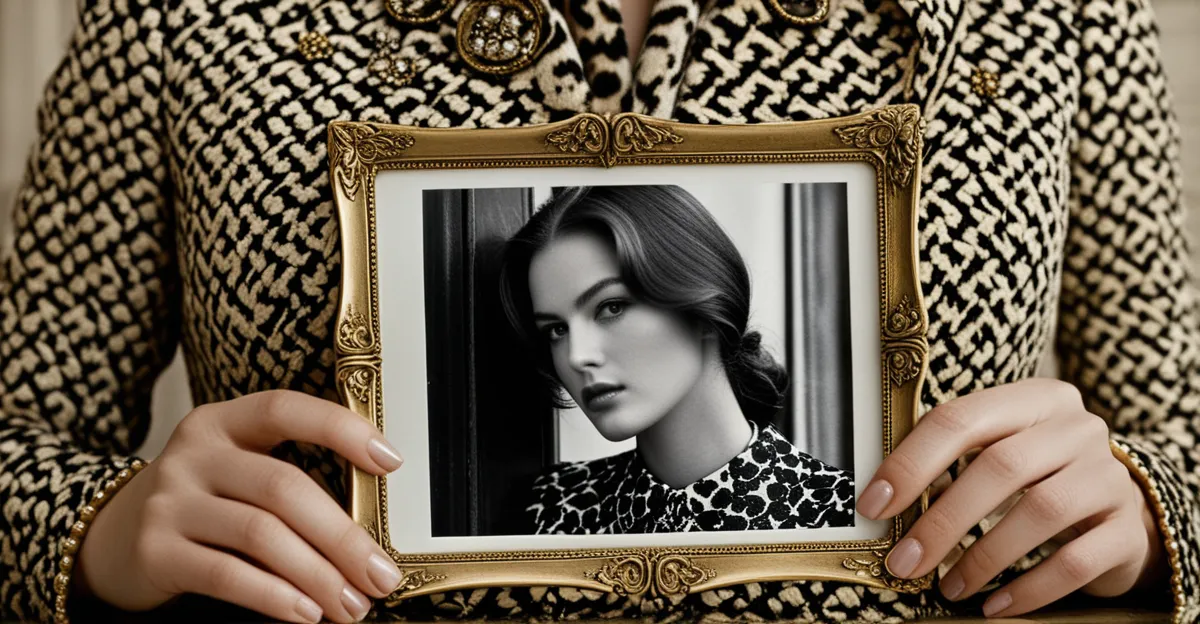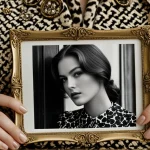The Enduring Legacy of UK Women’s Fashion History
UK women’s fashion history reveals a rich tapestry of styles that have shaped modern wardrobes globally. From the Victorian era‘s structured elegance to the bold expressions of the punk movement, each period has left a distinct imprint. Victorian fashion, with its intricate lace and corsetry, set standards for femininity and craftsmanship. Moving into the Edwardian period, softer silhouettes and high collars continued this legacy, influencing today’s designers who revive these elements for their timeless appeal.
The interwar years, particularly the 1920s flapper era, introduced relaxed fits and embellishments that challenged prior conventions, a shift echoed in contemporary casual yet ornate clothing. Post-war women’s fashion reintroduced tailored suits and refined cuts, laying the foundation for modern structured garments found on runways and high street stores alike.
Also to read : How Can UK Women’s Fashion Boost Sustainable Practices?
The Mod movement and punk revolution further diversified style narratives — mini-skirts, bold geometric patterns, leather, and studs remain staples in modern fashion, particularly within youth and streetwear cultures. This continuous dialogue between past and present exemplifies how UK women’s fashion history drives current trends, blending heritage with innovation to inform a dynamic and evolving style landscape.
Victorian Era and Edwardian Inspirations in Modern Fashion
Victorian fashion and Edwardian style play a significant role in shaping modern UK fashion. Victorian dresses were marked by corsetry, high collars, and intricate lacework, emphasizing structured silhouettes. Today’s designers revisit these elements, with corsetry making a stylish comeback in contemporary collections that mix historical formality with modern comfort.
Also to discover : How Can UK Women Keep Up with Current Fashion Trends?
Edwardian style softened Victorian rigidity, introducing flowing lines and elegant high collars that remain influential. Modern UK fashion often incorporates these features through delicate lace and refined necklines, blending vintage charm with today’s aesthetics. This respect for historical craftsmanship is evident in how fashion houses use traditional materials like lace and brocade to create garments that honor the past while appealing to current tastes.
The resurgence of these classic elements underscores the timeless nature of Victorian and Edwardian influences in contemporary wardrobes. Whether in high street or haute couture, echoes of this period are visible, demonstrating the enduring legacy within the evolving UK fashion scene. This connection strengthens the relationship between historical fashion trends and today’s style, highlighting how old-world elegance continues to inspire fresh innovations.
Flapper, Post-War, and Mid-Century Impact on Current Styles
The 1920s fashion revolution introduced relaxed fits and elaborate embellishments that liberated women’s dress from restrictive Victorian norms. This era’s flapper dresses, characterized by dropped waists and beading, emphasize freedom and playfulness—qualities echoed in modern casual and evening wear. Contemporary designers often draw on these elements to inject a sense of movement and celebration into their collections.
Post-war women’s fashion of the late 1940s and 1950s reinstated tailored elegance, with structured suits and cinched waists symbolizing renewed femininity and resilience. This period’s influence persists strongly in today’s sharp blazers and pencil skirts, staples of both high street and haute couture.
Iconic motifs and prints originating from mid-century styles have been revitalized. Floral patterns, polka dots, and geometric shapes remain popular, reimagined through modern fabrics and cuts. This retro style influence bridges historical fashion trends with contemporary design, showcasing the cyclical nature of UK women’s fashion history. The focus on craftsmanship, silhouette, and detail from these periods underpins much of the current fashion narrative, proving that past styles continue to shape modern style with lasting impact.
The Mod Movement and Punk Revolution: Modern Reflections
The Mod fashion of the 1960s introduced iconic elements like mini-skirts, bold geometric patterns, and sleek silhouettes that continue to influence modern style. These features are prevalent in today’s high street and designer collections, exemplifying the lasting UK subcultural influence on mainstream fashion. Mini-skirts remain a versatile staple, often paired with vibrant prints that echo the mod aesthetic’s playful yet streamlined look.
Similarly, punk fashion revolutionized style with its rebellious spirit. The use of leather, studs, and distressed fabrics typifies punk’s anti-establishment garb, elements that contemporary designers frequently reinterpret. Punk’s influence is especially visible in youth and streetwear cultures, where bold accessories and DIY-inspired details create strong, expressive outfits.
The interplay between mod and punk demonstrates a vibrant evolution within UK women’s fashion history, showing how subcultural movements shape not only aesthetic preferences but also attitudes toward fashion. This dynamic continues to impact both high fashion and everyday wear, making these eras critical to understanding the ongoing dialogue between past and present trends in UK women’s fashion.







